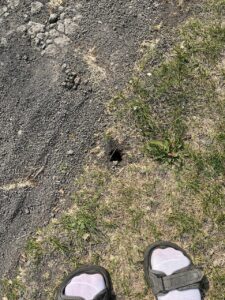

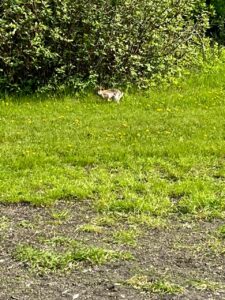
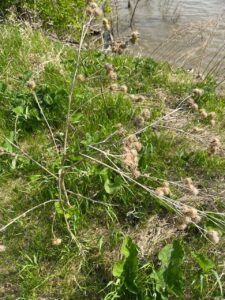
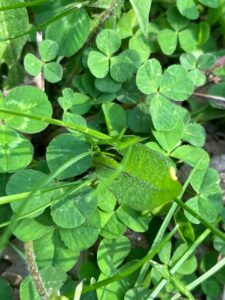

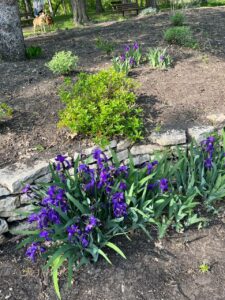
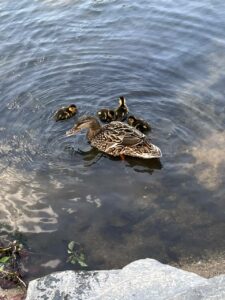
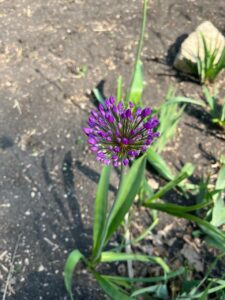
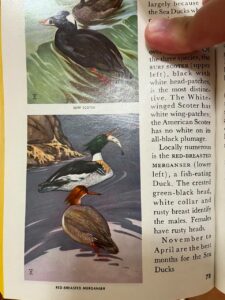
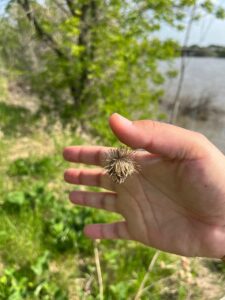
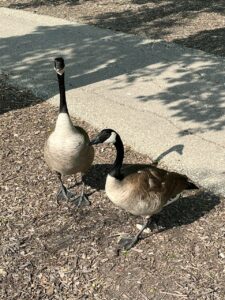
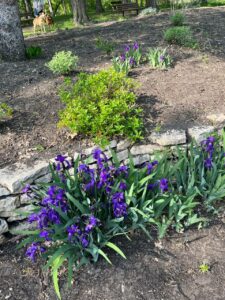
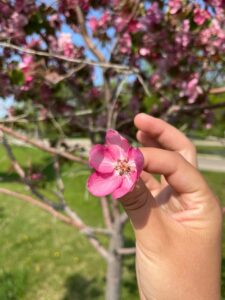
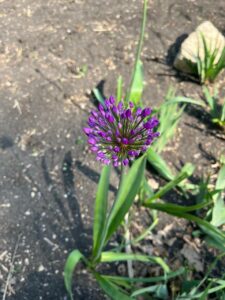
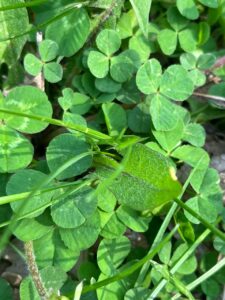
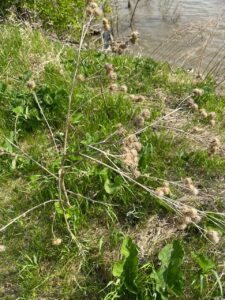
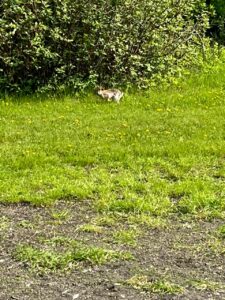
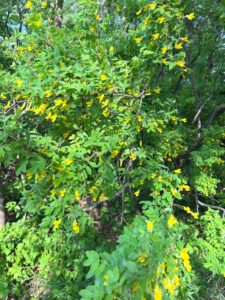
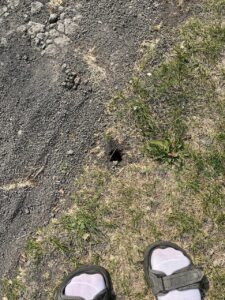
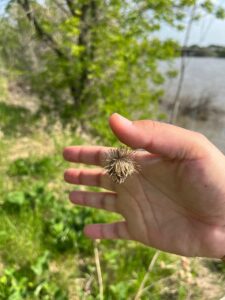
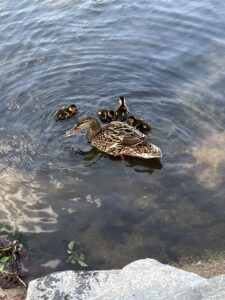
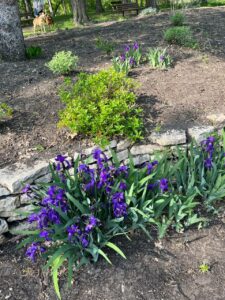 190 River Rd, Winnipeg, MB R2M 5C4
190 River Rd, Winnipeg, MB R2M 5C4
49.8287° N, 97.1414° W
St vital park is a forested area with one side along the red river. It has a small duck pond. The park is about half a square kilometer. It has a grassy area about the size of a soccer field. It has lots of tall trees and plants of many sizes.
I visited the park may 19th at 3pm. It was sunny and warm at 23 degrees Celsius.
I saw many plants and animals while I was there. On land, I saw geese and small birds, flies, ants, worms, moths, deer, small mammals like squirrels and bunnies, wild rhubarb, pine and spruce trees, bushes, burr plants, grass, strawberry plants, moss on trees, and mushrooms.
In the man-made duck pond, I saw many dragonflies mating in the air including some green garners, ducks of several species; some with green heads and plain brown bodies, others with grey bodies red details on the face and chest, and some brown ones. I also saw geese, tiny spiders, water striders, flies, algae, rocks, duck weed, moss. There are three large fountains that disturb the water so that it is not completely stagnant.
There is a small flower garden in the park as well. It attracts many pollinator species such as bees, wasps, butterflies, beetles, etc.
There is also noticeable amounts of garbage in the area, as it is a popular place for picnics and is highly frequented by humans.
Photos include a burr bush as well as one on my hand, the species of duck I suspect I saw out on the water, some plants including clover, some sort of mammal likely a muskrat, and two geese.
My questions are:
- How does human interaction affect the abundance and type of mammals in the area?
- Question about pollinators
- Question about birds as there are few predators in the park due to such high amounts of human traffic in the park
- What is the average size of an ant population in an ant hill at the park? What does the size suggest?
- What is the most common type of pollinator found in the garden area? Why might that be?
this is a good summary with pics of a site visit
be sure and focus in on a question that can be asked and answered in the timeframe of the course – I know! initially everything is interesting…
I am not sure you can get the average size of an ant hill without digging up their homes (many homes)…maybe focus in on a more observational study?
think of what your predictor variables might be – for example, pollinator activity might be influenced by temperature, etc
human traffic or levels of disturbance can be a good predictor on behaviour or presence, perhaps
Nancy Elliot